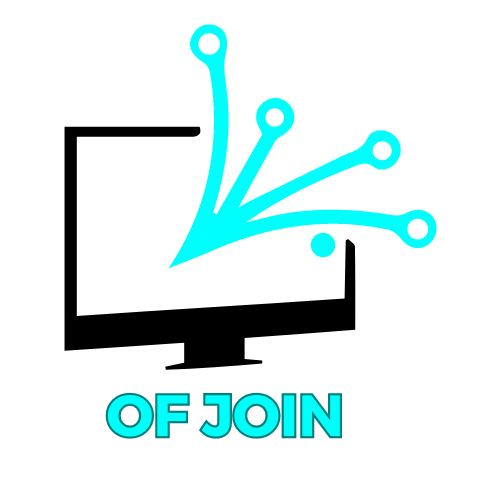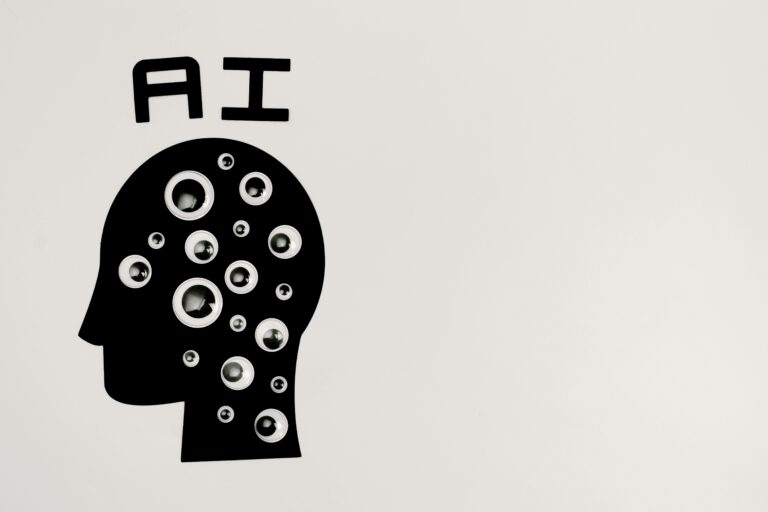The Hybrid Workforce Revolution: Building Strong Teams in Remote Times
The world of work has changed forever. What began as a temporary response to global disruption has evolved into a long-term revolution: the rise of the hybrid workforce. In 2025, businesses are embracing a blend of in-office and remote work that prioritizes flexibility, balance, and results over rigid schedules. But while hybrid work offers freedom and productivity, it also brings new challenges—chief among them, keeping teams connected and cohesive when they’re physically apart.
The companies thriving in this new era aren’t just adopting hybrid models—they’re mastering them. Here’s how they’re building strong, unified teams in remote times and redefining what collaboration means in the modern workplace.
1. Redefining the Modern Workforce
Hybrid work is no longer an experiment—it’s the new standard. Surveys show that over 70% of employees now prefer a mix of remote and on-site work, and businesses are adapting to meet those expectations. The hybrid model allows employees to choose where they’re most productive, whether that’s a home office, a coworking space, or the company headquarters.
This flexibility benefits both sides. Employers gain access to a wider talent pool unrestricted by geography, while employees enjoy a better work-life balance. But success in a hybrid environment requires more than flexible policies—it demands a new kind of leadership, culture, and infrastructure.
2. Communication Is the New Cornerstone
In a traditional office, connection happens naturally—through hallway chats, shared lunches, and impromptu meetings. In a hybrid setup, communication must be intentional.
Leaders now rely on a mix of synchronous (real-time) and asynchronous (on-your-own-time) communication tools to bridge the gap. Video meetings, messaging platforms, and digital whiteboards make collaboration possible across time zones, but they also need to be used strategically to avoid fatigue.
Successful teams are finding balance. They reserve live meetings for creative discussions, problem-solving, or relationship building, while using asynchronous updates for routine reporting. Clear communication protocols—such as “no-meeting Fridays” or designated “quiet hours”—help prevent burnout and ensure everyone stays informed without being overwhelmed.
3. Building Trust Without Borders
Trust is the glue that holds hybrid teams together. In remote environments, micromanagement destroys morale, while autonomy builds it. Leaders must shift from monitoring activity to measuring outcomes, empowering employees to manage their time while remaining accountable.
Transparency plays a key role here. Regular check-ins, progress tracking, and shared digital dashboards create visibility without surveillance. Managers who focus on results—and demonstrate empathy—tend to build stronger trust and engagement.
Team rituals also help. Virtual coffee breaks, digital shoutouts, and hybrid celebrations remind employees that they’re part of something bigger, even when miles apart. The strongest hybrid cultures prioritize connection, not just coordination.
4. Technology as the Great Equalizer
Technology sits at the heart of the hybrid workforce revolution. Cloud-based collaboration platforms like Microsoft Teams, Slack, and Notion allow employees to share documents, brainstorm, and manage projects seamlessly from anywhere.
The latest advancements in AI are making hybrid collaboration even smoother. AI transcription tools capture meeting notes automatically, chatbots manage scheduling, and data analytics track team performance trends. Virtual reality (VR) meetings are even being tested to simulate in-person interaction and creativity.
Yet the goal isn’t more technology—it’s better technology. Smart organizations are consolidating their tool stacks to reduce complexity and digital fatigue. The focus is on intuitive platforms that connect people, not overwhelm them.
5. Culture That Transcends the Office
Perhaps the biggest challenge in hybrid work is maintaining a unified company culture. Without shared physical space, culture can easily fragment. The solution lies in clarity of purpose and inclusivity.
Organizations that define and communicate their values consistently across digital channels tend to foster stronger alignment. Inclusivity is also critical—remote employees should have equal access to opportunities, recognition, and decision-making.
Hybrid leaders are also reimagining what culture looks like. Instead of ping-pong tables and office snacks, culture now means flexibility, wellness initiatives, and shared purpose. A company’s “office” has become less of a building and more of a mindset.
6. The Future of Work Is Human
Despite all the technology that enables hybrid work, its success ultimately depends on people. Emotional intelligence, empathy, and adaptability have become the most valuable leadership skills of the 2020s.
Managers who know how to listen, motivate, and support employees in different environments are building resilient teams that thrive under change. Likewise, employees who embrace autonomy and communicate effectively are redefining what productivity and collaboration mean.
The hybrid revolution is teaching organizations a timeless truth: technology can connect us, but humanity keeps us together.
The hybrid workforce revolution is not just about where people work—it’s about how they work together. It’s about creating an environment where flexibility fuels performance, and connection fosters innovation.
As we move deeper into this new era, the strongest teams won’t be the ones sitting in the same office—they’ll be the ones aligned in purpose, trust, and communication, no matter the distance.
Hybrid work isn’t the future of business—it’s the present. And those who embrace it with empathy, strategy, and adaptability are building stronger, smarter, and more human teams for the long term.







